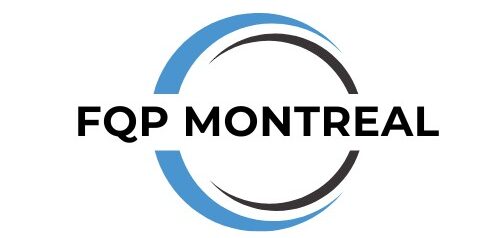Montreal, the vibrant city known for its rich history, cultural diversity, and European charm, has also witnessed significant transformations in its real estate landscape over the years. From the early settlements of indigenous peoples to the modern urban metropolis it is today, Montreal’s real estate market has evolved in response to various social, economic, and demographic factors. This article explores the fascinating journey of Montreal’s real estate market, examining its past, analyzing the present scenario, and speculating on the future trajectory.
The Past: Foundations and Expansion
The origins of Montreal’s real estate market can be traced back to the 17th century when the city was founded by French colonizers. The original settlement, known as Ville-Marie, gradually expanded beyond its walls, driven by trade, immigration, and urban development. The architecture of this era showcased the influence of French and British styles, resulting in a unique blend of European aesthetics.
Montreal experienced rapid industrialization during the late 19th and early 20th centuries, prompting a surge in urbanization. This period saw the emergence of iconic neighborhoods such as the Plateau Mont-Royal, Mile End, and Outremont, characterized by stunning Victorian houses and apartment buildings. These areas, once favored by the affluent, witnessed a transformation over time, adapting to changing socio-economic dynamics.
The Present: Diverse Neighborhoods and Urban Revitalization
Today, Montreal’s real estate market is a reflection of its vibrant cultural mosaic. The city is divided into diverse neighborhoods, each offering its distinct charm and character. The Plateau Mont-Royal, known for its bohemian atmosphere, features colorful row houses and trendy apartments. Griffintown, once an industrial district, has undergone extensive revitalization, now home to modern condominiums and loft conversions.
The downtown core of Montreal, comprising the Golden Square Mile, exhibits a mix of historic mansions and contemporary high-rise condominiums. This area remains an attractive location for professionals and young urbanites seeking a vibrant city lifestyle. Additionally, the revitalization efforts in Old Montreal, with its cobblestone streets and preserved heritage buildings, have transformed it into a popular destination for tourists and locals alike.
Montreal’s real estate market has also been influenced by the growing demand for sustainable and eco-friendly living. Green initiatives and LEED-certified buildings have gained traction, as buyers and renters prioritize energy efficiency and environmentally conscious features. As a result, developers are incorporating green spaces, solar panels, and other eco-friendly elements into their projects to cater to this evolving market.
The Future: Trends and Innovations
Looking ahead, Montreal’s real estate market is poised for further evolution and innovation. Several key trends are likely to shape its future landscape. One such trend is the rise of mixed-use developments, integrating residential, commercial, and recreational spaces within a single project. These developments promote walkability, reduce commuting times, and create vibrant communities.
Another notable aspect is the growing popularity of smart homes and technology-driven amenities. From voice-controlled devices to energy management systems, smart technology is transforming the way residents interact with their homes. Developers are incorporating these features to meet the demands of tech-savvy buyers seeking convenience and connectivity.
The city’s transportation infrastructure is also expected to play a significant role in shaping the future of real estate. Montreal’s public transportation network, including the metro system and BIXI bike-sharing program, has been crucial in reducing reliance on private vehicles. With ongoing expansion plans and initiatives to improve connectivity, neighborhoods with convenient access to public transit are likely to experience increased demand in the coming years.
Moreover, demographic shifts, such as the aging population and changing household compositions, will impact the real estate market. Developers and urban planners will need to adapt to accommodate the evolving needs of seniors, single-person households, and multi-generational families. This could lead to the development of specialized housing options and the transformation of existing properties to meet these changing demographics.
Conclusion
Montreal’s real estate market has come a long way since its humble beginnings. From the early settlements to the vibrant urban landscape it embodies today, the city’s real estate has evolved in response to historical, cultural, and economic factors. The present scenario showcases diverse neighborhoods, urban revitalization, and sustainability initiatives.
Looking ahead, Montreal’s real estate market is expected to witness further transformations driven by trends such as mixed-use developments, smart technology, and improved transportation infrastructure. Demographic changes will also shape the market, influencing the demand for specialized housing options. As Montreal continues to evolve, its real estate sector will adapt and thrive, reflecting the dynamic and progressive nature of this captivating city.
